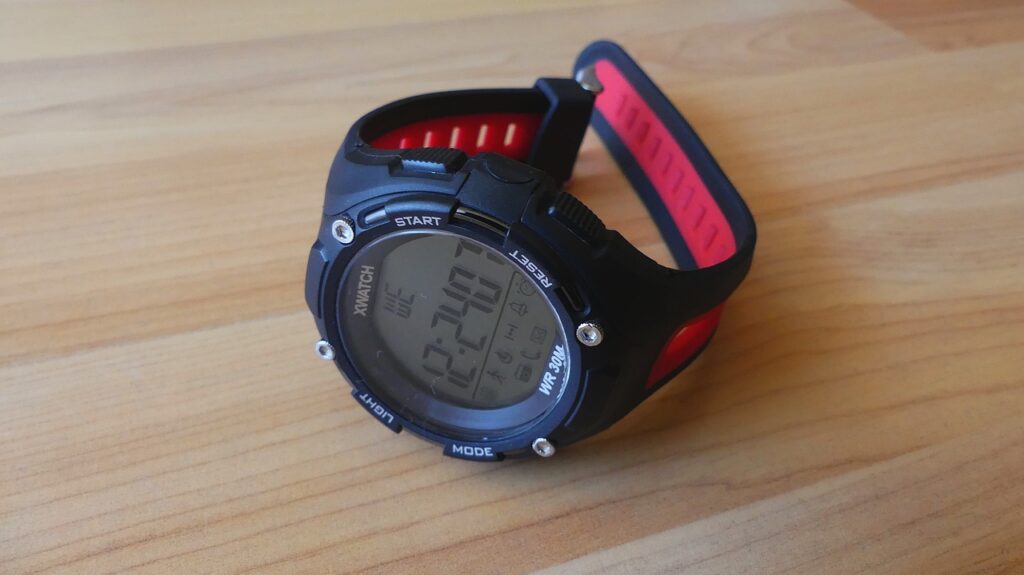
Workplace health and wellness is a huge priority. A Global Wellness Institute (GWI) report estimated that worker unwellness costs the United States $2.2 trillion a year. It is no wonder that over 70% of employers are offering some type of health and wellness program to their workers. Unfortunately, if not executed correctly, employee wellness incentive programs can have only a limited impact.
This raises a question: How do companies choose programs that work to effectively create a change in employee health and wellbeing?
What Makes A Health Incentive Program Work?
Successful health and wellness incentive programs help motivate people to take responsibility for improving and managing their health and fitness. They not only help employees live healthier lives but also improve outcomes for the company, as well. This includes boosting productivity, reducing absenteeism, and decreasing healthcare costs.
On a related note, great health and wellness programs demonstrate to employees that their employer cares for them and their families. One of the main factors in deciding if a company was “caring” was whether or not that company offered tangible incentives. This is supported by studies conducted by Johns Hopkins University’s Institute for Health and Productivity Studies (IHPS), which have shown that one of the signs of a successful workplace health and wellness program is using incentives to encourage employee participation.
Simply offering incentives alone, however, is not enough. You need to consider whether the incentives are relevant to members of your workforce as well as the ease with which they can earn and redeem them. Here are a few factors to keep in mind.
1. Choose Incentives that Resonate with your Employees
Rewards are in the eye of the beholder. One employee may consider a gym membership reimbursement a compelling reward while another may not.
Rather than trying to create one wellness incentive for all employees, offer employees who reach their fitness goals a range of incentives. These can include:
- Cash rewards
- Deposits into an employee’s health savings account (HSA)
- Free meals
- Gift cards
- Extra vacation time
By allowing employees to choose rewards that match their interests, you can feel confident more employees will be invested in improving their health.
2. Determine how Employees can Earn Rewards
Some employees may have trouble reaching their wellness goals. If they begin to feel as though achieving them isn’t possible, they could give up and even feel less motivated than they did before joining your company’s employee wellness incentive program.
Fortunately, creating a program in which all participants believe they can earn a wellness incentive is in your control. It’s a matter of creating several ways for employees to earn them. A few options include:
- Offering rewards for all employees who actively participate in the program
- Incentivizing employees who log activity several days in a row
- Rewarding employees who make progress toward their fitness goals
- Reward those who make more progress than those with whom they share a similar profile
One example of a cash equivalent that is specific to wellness program incentives is the All Digital Rewards Living Well Reward ™ card. Our Living Well Reward ™ card works like a debit card and allows you to reward employees when they complete qualifying healthy behaviors, such as a specific check-up, screening or wellness visit. Each time they complete a health goal, a cash reward is added to their individual Living Well Reward ™ card.
The first time a wellness incentive program participant completes an eligible healthy behavior, a Living Well Reward™ card is mailed to them, usually within 3 to 4 weeks. The card will come with their first reward amount already loaded on it. Every time they complete a healthy behavior, a reward amount is added to their Living Well Reward™ card.
3. Decide How Progress will be Measured

Not every employee will feel comfortable sharing personal information, such as their weight or blood pressure. You need to be mindful of this when designing a wellness incentive program.
Before implementing a program, survey your employees to learn more about new, healthy habits they hope to add to their daily schedule. If, for instance, you find a group of employees who want to walk at least 10,000 steps each, make a daily step challenge a part of your plan. A few other ideas include:
- Voluntarily sharing the number of hours of sleep employees logged the previous night
- Counting how many days out of the week employees made a trip to the gym
- Logging the number of hours each day in which they worked at a standing desk as opposed to sitting in a desk chair
Wellness Incentive Management
It is important to have a good health reward management system and proper reward management software to ensure easy reward management, selection, and redemption. Our team of employee wellness incentive program experts, robust Health and Wellness point-based platform technology, our reward management system, and our incentive management software, RewardSTACK™ can give your health and health incentive program the solid foundation it needs to be successful. We also offer a variety of additional support services and can create a custom-tailored solution to fit your needs.
Our experts at All Digital Rewards are standing by to help you create the best health and wellness incentive program for your company. Give our Health and Wellness Reward Program experts a call at 866-415-7703 or schedule a demo to speak with one of our knowledgeable team members!




